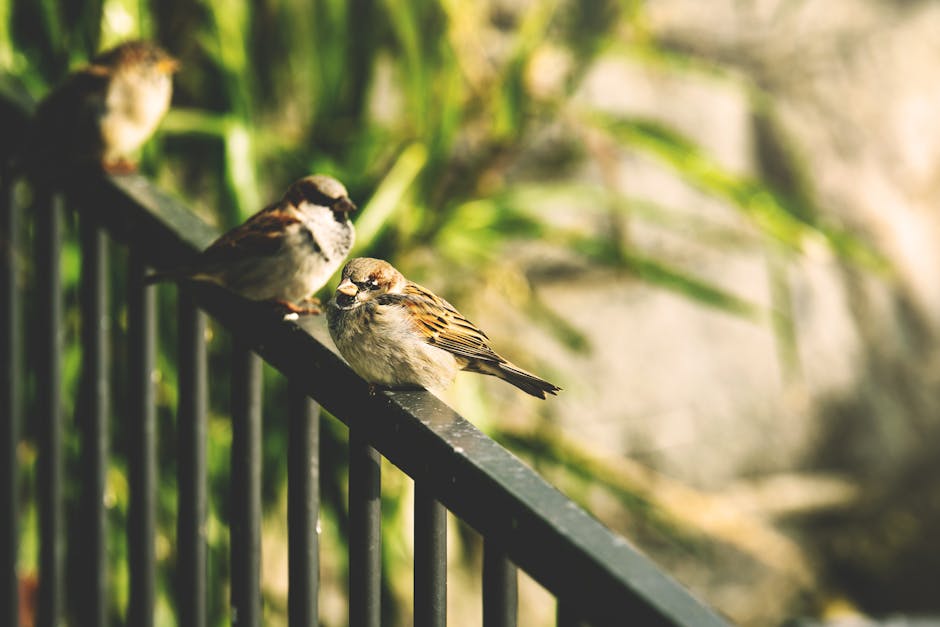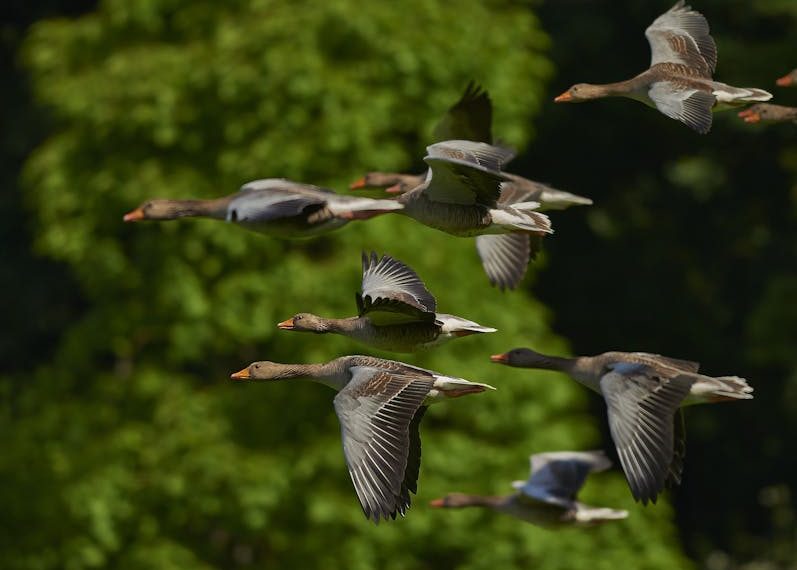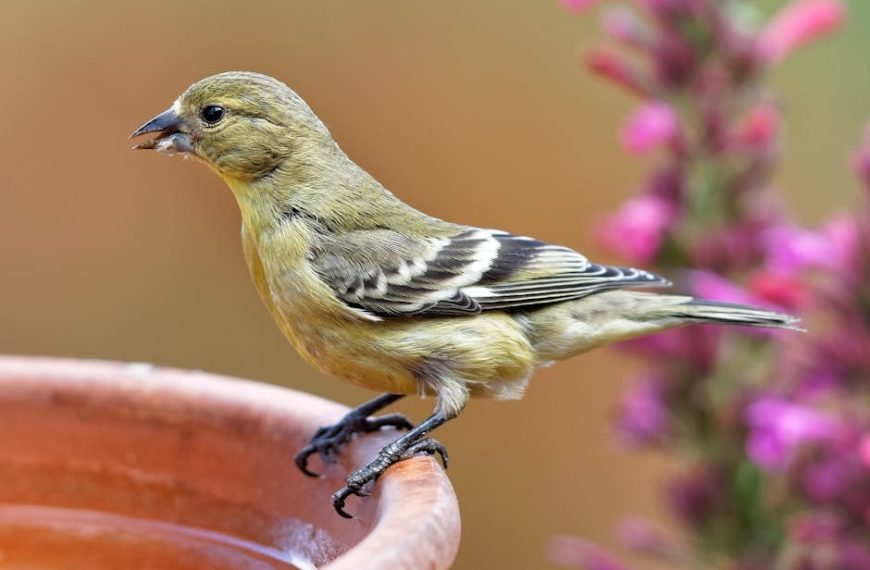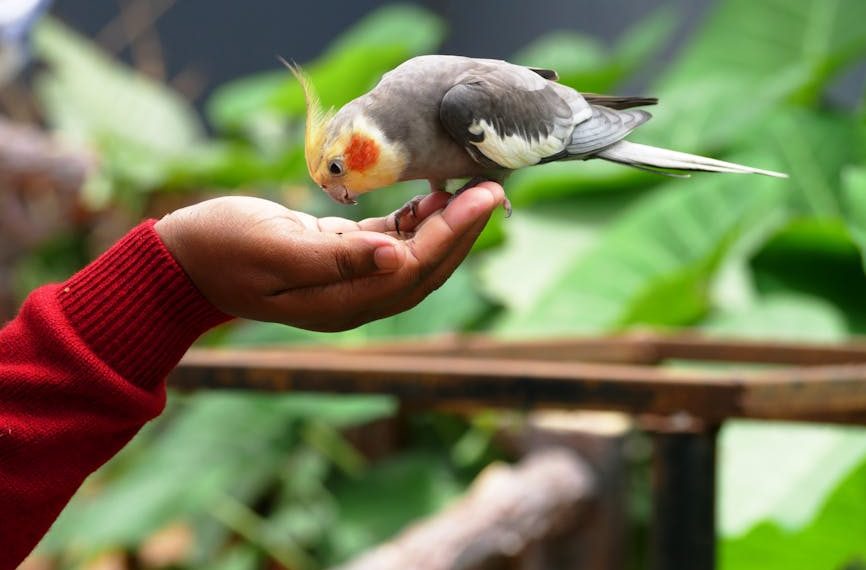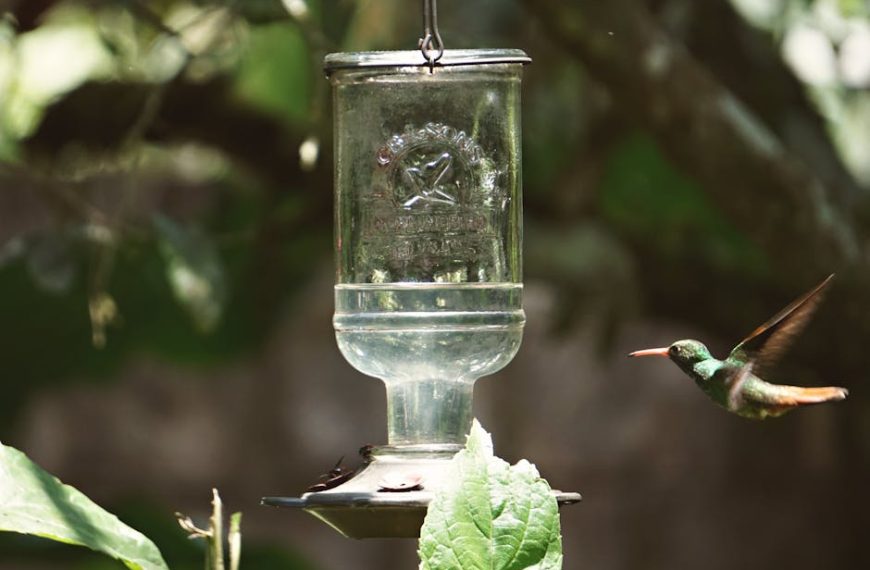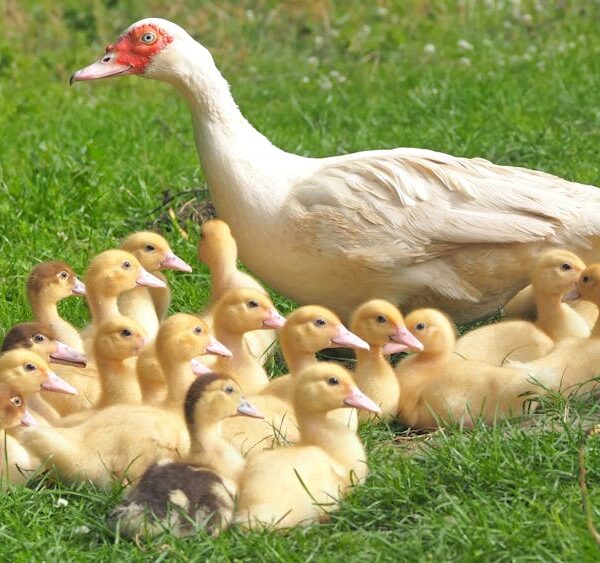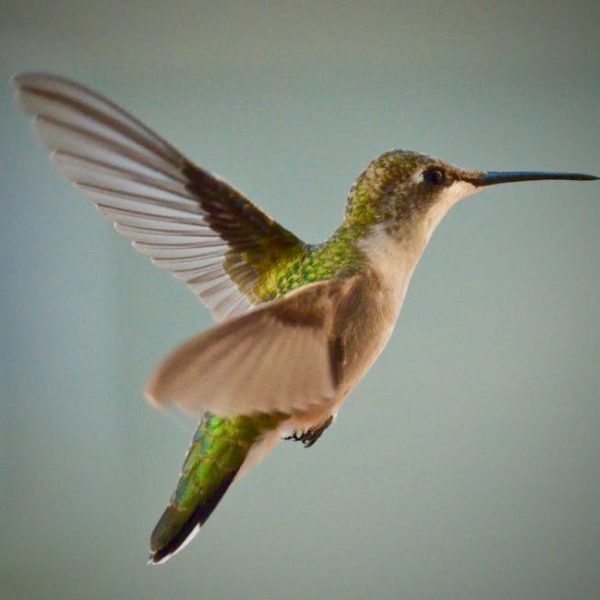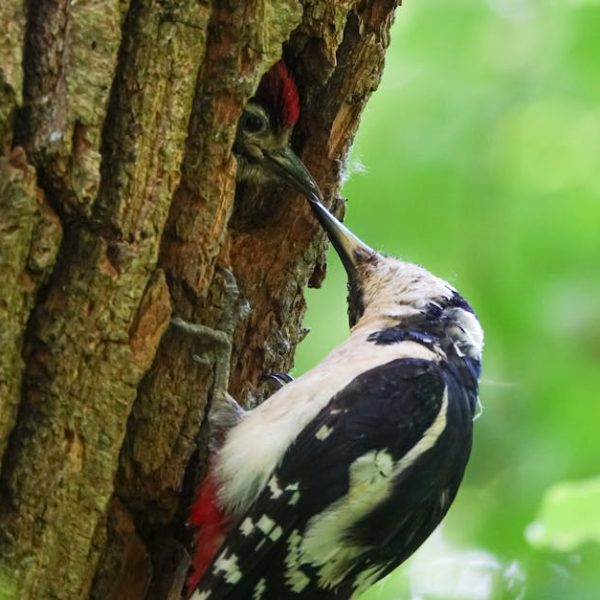Getting a new feathered friend can be exciting. However, if you already have a pet bird at home, introducing your new pet to the existing one can be a tricky process. Nurturing a positive relationship between two birds requires a solid understanding of bird behavior, preparation, and plenty of patience. In this guide, we will walk you through the process, offering tips and best practices to ensure a smooth introduction.
Understanding Bird Behavior
Before embarking on the process of introduction, it’s vital to study the behaviors of your birds. Birds are social creatures, but their behavior can also be territorial. Exposing a new bird directly to an already existing bird’s space can invite conflict.
To build a harmonious relationship between birds, understanding them becomes essential. Look for:
* Their reactions to stimuli.
* Signs of established routines.
* Verbal and non-verbal cues.
If the existing bird shows signs of aggression or fear when the other bird’s presence is suggested, it might be best to delay the introduction.
The Importance of Timing and Patience
Patience is more than a virtue when introducing birds to each other; it’s a necessity. Birds need ample time to adjust to each other’s presence and this process can’t be rushed.
The right time to introduce two birds depends largely on their individual behaviors and comfort levels. Follow this basic checklist to help determine the timing for introduction:
* Both birds appear relaxed and content in their respective cages.
* Neither bird exhibits signs of stress or aggression when the other bird’s cage is nearby.
* Both birds have had time to recover from any potentially traumatic experiences.
Preparing Birds for Introduction
The preparation stage is crucial to a successful bird introduction. To start, ensure each bird has its own cage and personal space. This helps them feel secure and less likely to show territorial tendencies.
Consider introducing visual barriers between the two cages initially. These barriers can keep the birds separate, yet close enough to become aware of each other’s presence. Here’s a quick table comparing the pros and cons of using visual barriers:
| Pros | Cons |
|---|---|
| Minimizes direct conflict. | Does not allow full interaction. |
| Gradual exposure reduces stress. | Delayed introduction timeline. |
As with any change, preparing birds for introduction must be approached with respect for their comfort and readiness.
Facilitating Gradual and Supervised Introduction
After your birds have had time to adjust to each other’s presence and seem relaxed, you can begin introducing them under supervised conditions.
Start by setting up short introduction periods where they can view, but not physically interact with, each other. Start with 10-15 minute sessions, and gradually increase the time based on their comfort level and reactions. Use these sessions to observe their interaction and make any necessary adjustments in terms of distance and interaction time.
It’s important to monitor these sessions closely for any signs of aggression or anxiety. Should you see any, separate the birds and try again later, reducing the interaction time.
Pro Tip:
- Always ensure that the birds have a safe and easy escape route during the introduction process. This minimizes any potential fear and resistance.
Monitoring Post-Introduction Behavior and Adjustments Needed
Post-introduction behavior can give you key insights into the success of the introduction process. Look for signs such as:
* Aggressive behavior like pecking or chasing.
* Showing fear by puffing up their feathers or retreating.
* One bird monopolizing the food or toys.
If any of these signs are evident, try re-introducing them with a shorter interacting time and increased supervision.
Checklist for successful Bird Introduction
* Both birds interact without signs of aggression or fear.
* Both birds share their space, food and toys willingly.
* They sleep or rest in close proximity, indicating trust.
Remember, every bird is unique and will respond differently. Our checklist is a guide but adjust as needed to suit your own birds’ behaviors and needs.
In conclusion, introducing birds to each other requires understanding, preparation, patience, and supervision. A successful introduction process will allow your feathered friends to live harmoniously and will improve their overall quality of life. While this process may take time, the reward of a peaceful bird family is well worth it.
Key Takeaway:
- The successful introduction of two birds requires a deep understanding of their individual behaviors and their responses to each other.
- Timing and patience play a crucial role in the process; rushing the introduction can lead to conflict.
- Preparation before the actual introduction can mitigate potential territorial tendencies. Using visual barriers allows the birds to acclimatize to each other’s presence without immediate confrontation.
- Introduction sessions should be supervised, gradual, and should always offer an escape route for the birds to minimize fear.
- Monitoring post-introduction behaviors and adjusting measures accordingly is essential. Signs of aggression or monopolization of resources indicate a need to reassess the process.
A positive and fruitful relationship between your feathered pets is achievable through careful planning, understanding, and unwavering patience. Following these steps, you can turn the tricky process into a harmonious one, resulting in a peaceful environment for your birds.
FAQs
Q: What if my bird shows signs of aggression after a couple of successful introductions?
A: If your bird displays aggression after initial successful introductions, it suggests discomfort. It’s advisable to go back to the preparation stage or reduce interaction times. Always prioritize their comfort and safety over speeding up the process.
Q: Can I introduce birds of different species?
A: Yes, birds of different species can be introduced. However, it’s crucial to research and understand their unique behaviors, as they may have different social and territorial tendencies.
Q: What should I do if one bird is exhibiting fear even though the other bird is comfortable?
A: If one bird is fearful while the other seems comfortable, you might need to work individually with the fearful bird before continuing with the introduction. This could involve handling the bird more frequently or providing toys and treats to improve its confidence.
Q: I already introduced my birds without any preparation. They are always fighting now. Can I reverse this?
A: Yes, you can still improve their relationship. Separate them for now and follow the step-by-step guide starting from the preparation stage. Allow them time to reset and gradually reintroduce them using the recommended strategies.
Q: Should I introduce my birds during a particular time of day?
A: While there isn’t a specific rule about the time of day, consider when your birds are typically most relaxed or playful. This might be a good time for introductions, as they may be more receptive and less defensive.
Please share this article if you found it useful and feel free to explore more posts on our website.
